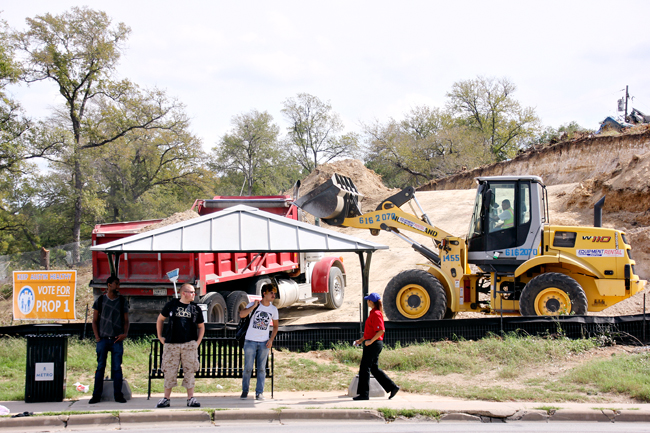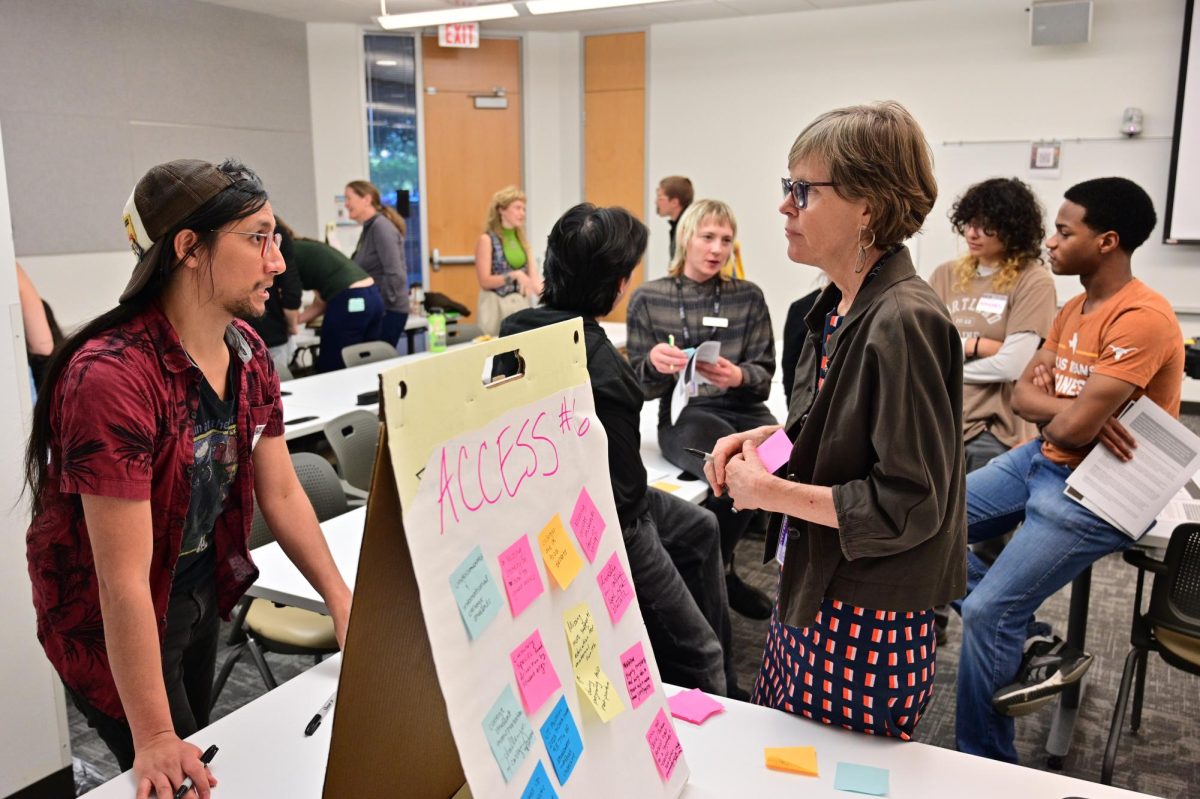The Austin City Council will decide whether to implement a new regulating plan for development that could change the face of the East Riverside Corridor.
At its meeting this week, the Austin Planning Commission unanimously recommended the East Riverside Corridor Regulating Plan. The plan would provide construction guidelines necessary to execute the city’s East Riverside Corridor Master Plan, a plan passed by City Council in 2010 designed to provide more affordable housing options for low- and middle-income citizens, accommodate pedestrian, bike, transit and automobile traffic and introduce urban rail, among other goals.
Erica Leak, a planner in the Austin Planning and Development Review Department, said not passing the regulating plan would mean the city would not be able to move forward with the master plan.
“We need to pass this plan in order to meet the vision set forth by the city,” Leak said in an interview.
Leak said one way the regulating plan facilitates these goals is by designating four areas along East Riverside Drive as transportation hubs. She said the city would construct transit stops within these hubs and encourage developers to construct apartment complexes and commercial real estate around those stops.
The second phase of an urban rail project proposed by the city would extend into the East Riverside Corridor, providing a route from downtown to South Pleasant Valley Road along East Riverside Drive.
Leak said the regulating plan also requires developers to construct buildings closer to sidewalks, which she said would encourage pedestrians to frequent businesses occupying those buildings.
She said if the city implements the regulating plan, it will only affect development that takes place after it is passed. She said if the council approves its implementation at its regular meeting Nov. 8, the plan could take effect before December.
In addition to the recommendation to implement the plan, the commission recommended that staff from the Planning and Development Review Department review options that would provide minimum standards for developers’ land usage, such as requiring developers to construct buildings with no less than two stories and to construct buildings with minimum space requirements based on the size of the lot.
Delwin Goss, Montopolis Community Alliance president, said he supports the plan as long as it does not concentrate low-income housing in the corridor and diminish property values.
“Low-income housing should be spread out all over the city,” he said.
Jan Long, East Riverside/Oltorf Combined Neighborhood Plan Contact team member and corridor resident, said her residence will not be impacted by the master plan but the area surrounding it will be.
“Once the plan is adopted and if development occurs, I will be impacted every time I drive, walk or bike on Riverside,” Long said.





















